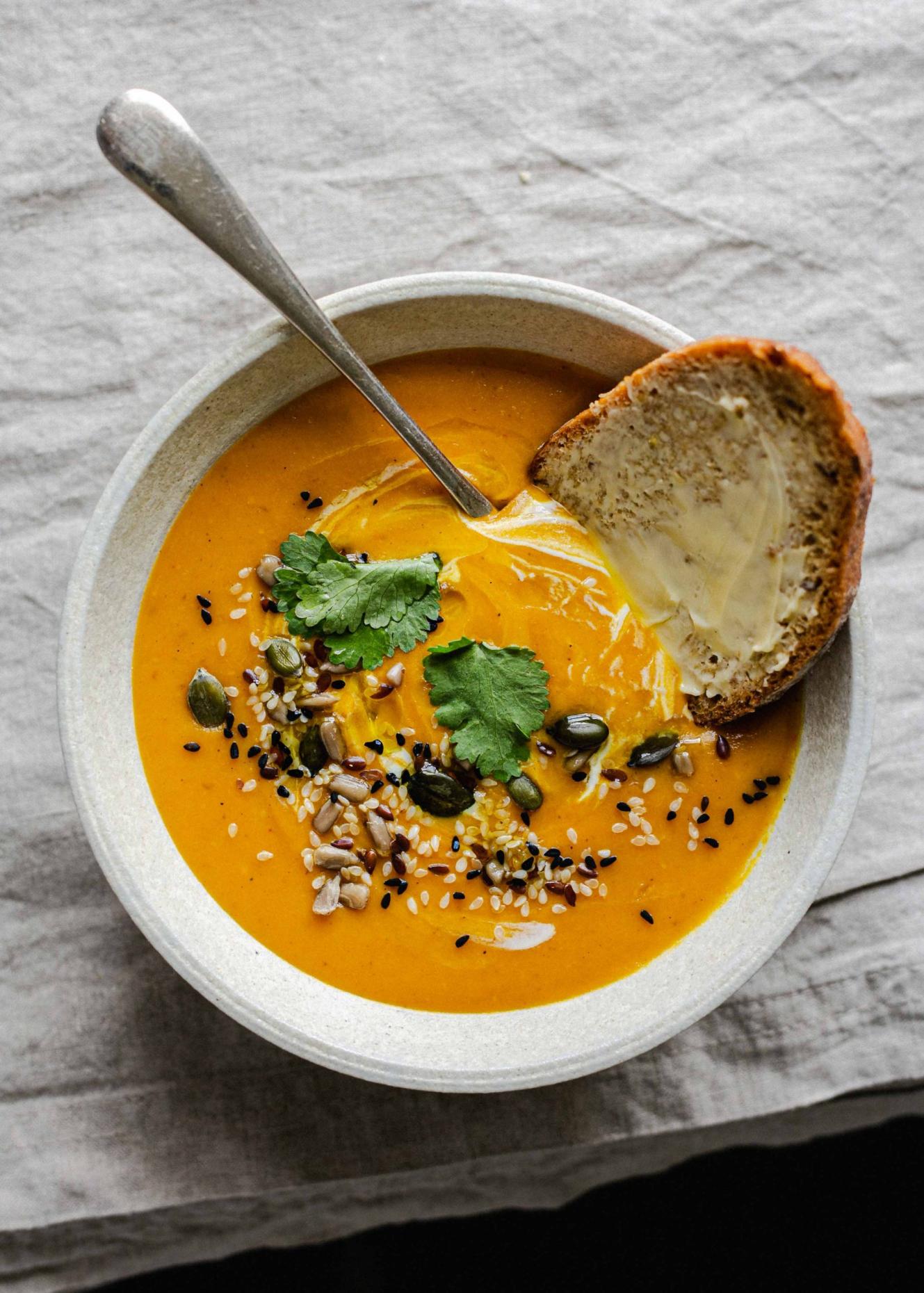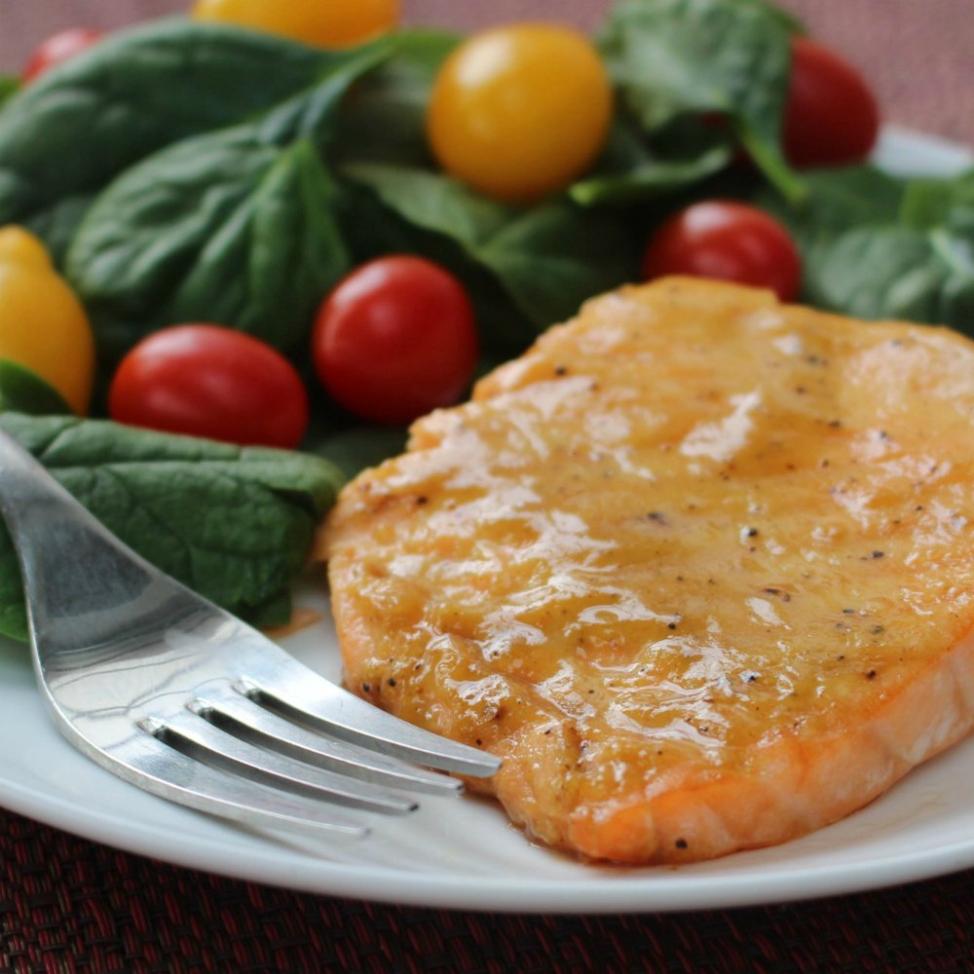Navigating the World of Low-FODMAP Recipes: A Comprehensive Guide for IBS Sufferers
Irritable bowel syndrome (IBS) is a common functional gastrointestinal disorder that affects millions of people worldwide. Symptoms of IBS can include abdominal pain, bloating, gas, diarrhea, and constipation. While there is no cure for IBS, dietary modifications, such as following a low-FODMAP diet, can help manage symptoms and improve quality of life.

FODMAPs are a group of fermentable carbohydrates that are poorly absorbed in the small intestine. When these carbohydrates reach the large intestine, they can be fermented by bacteria, producing gas and other symptoms of IBS. A low-FODMAP diet restricts the intake of these carbohydrates, helping to reduce symptoms and improve overall well-being.
Understanding Low-FODMAP Recipes
Incorporating low-FODMAP recipes into the diet can provide several benefits for IBS sufferers. These recipes can help:
- Reduce symptoms such as abdominal pain, bloating, gas, diarrhea, and constipation
- Improve overall digestive health and well-being
- Increase energy levels and reduce fatigue
- Promote a healthier gut microbiome
Key principles of low-FODMAP cooking include:
- Using low-FODMAP ingredients or suitable substitutes
- Limiting the intake of high-FODMAP foods
- Cooking meals from scratch to control the ingredients used
- Avoiding processed and pre-packaged foods, which often contain high-FODMAP additives

Common low-FODMAP ingredients include:
- Fruits: berries, citrus fruits, bananas, grapes
- Vegetables: leafy greens, carrots, zucchini, bell peppers
- Proteins: lean meats, poultry, fish, eggs
- Grains: rice, quinoa, oats
- Dairy: lactose-free milk, yogurt, cheese
Common high-FODMAP foods to avoid or limit include:
- Fruits: apples, pears, mangoes, watermelon
- Vegetables: onions, garlic, broccoli, cauliflower
- Legumes: beans, lentils, chickpeas
- Grains: wheat, rye, barley
- Dairy: regular milk, yogurt, cheese
Essential Tips For Low-FODMAP Cooking

To ensure a successful and enjoyable low-FODMAP cooking experience, follow these essential tips:
- Read food labels carefully to identify hidden FODMAPs. Many processed foods contain high-FODMAP ingredients, even if they are not obvious.
- Plan and prepare meals in advance to ensure a balanced and varied diet. This will help prevent monotony and ensure you are getting all the nutrients you need.
- Experiment with different recipes and flavors to avoid monotony. There are many delicious and satisfying low-FODMAP recipes available, so don't be afraid to try new things.
Low-FODMAP Recipe Categories
To help you get started with low-FODMAP cooking, here are some recipe categories to explore:
- Breakfast: Low-FODMAP options for a nutritious start to the day, such as oatmeal with berries, scrambled eggs with vegetables, or a smoothie made with low-FODMAP fruits and vegetables.
- Lunch: Portable and satisfying low-FODMAP lunch ideas, such as salads, sandwiches on low-FODMAP bread, or leftovers from dinner.
- Dinner: Low-FODMAP recipes for a wholesome and enjoyable evening meal, such as grilled salmon with roasted vegetables, chicken stir-fry with rice, or a lentil soup made with low-FODMAP lentils.
- Snacks: Low-FODMAP options to curb hunger between meals, such as fruits, vegetables, nuts, seeds, or yogurt.
Low-FODMAP Recipe Resources
There are many resources available to help you find and create low-FODMAP recipes. Here are a few to get you started:
- Online platforms and cookbooks: There are several websites and cookbooks dedicated to low-FODMAP recipes. These resources provide a wide variety of recipes to choose from, making it easy to find something you'll enjoy.
- Support groups and forums: Joining a low-FODMAP support group or forum can be a great way to connect with others who are following the diet. These groups often share recipes, tips, and experiences, providing a valuable source of information and support.
Following a low-FODMAP diet can be an effective way to manage IBS symptoms and improve overall well-being. By incorporating low-FODMAP recipes into your diet, you can reduce symptoms, improve digestive health, and enjoy a healthier and more fulfilling life. Explore the world of low-FODMAP recipes and discover the many delicious and satisfying meals you can create.
YesNo

Leave a Reply